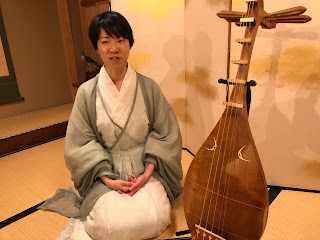Ueno Park

Tokyo is one of biggest urban cities in the world, and two large green-areas which contain The Imperial Palace and Ueno Park add an accent to the city. Among them Ueno Park provides a refreshing time to the people who visit there. In April a lot of cherry blossoms welcome people, Ueno Zoo and music halls make the people have fun and The National Museum makes the people come in touch with a historical treasure of Japanese culture through the year. Besides these there are the Mausoleum of Tokugawa shogunates and some buildings of Kanei-ji Temple in Ueno Park. From the current viewpoint, Ueno Park is indispensable to the citizens in Tokyo and foreign travelers, moreover, Ueno Park has a strange history that this place has been guarded by an invisible intermediary. I want to write about it dating back to the past. In the early part of the Meiji era The statue in the picture is Takamori Saigo, and it is near the entrance of Ueno Park. He was the general of the opposi...


